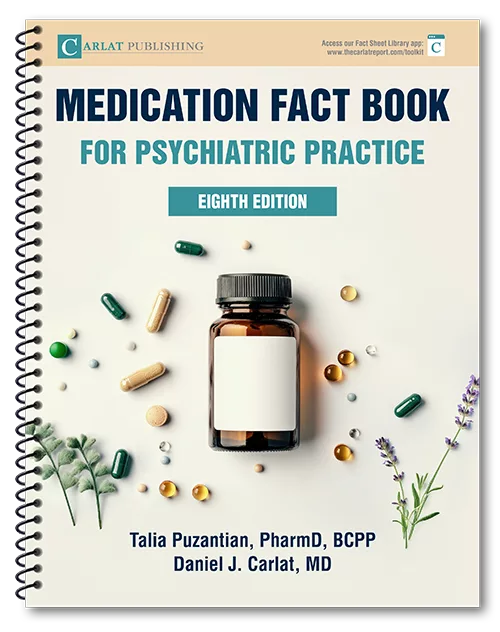Zuranolone Not Helpful for Major Depression
Dee Rapposelli. Ms. Rapposelli has no financial relationships with companies related to this material.
REVIEW OF: Lian J et al, J Affect Dis 2024;354:206–215
STUDY TYPE: Systematic review and meta-analysis
In 2023, zuranolone received FDA approval for postpartum depression (PPD), but it was simultaneously rejected for major depressive disorder (MDD). The drug is an analogue of a pregnancy-related hormone, so it makes sense that it might work better on PPD. But does it hold any potential for run-of-the-mill major depression?
Researchers conducted a meta-analysis of RCTs of zuranolone for adults with major depressive disorder (MDD). They looked for studies that specifically showed a change in the Hamilton Depression Rating Scale (HAMD-17) and also reported safety data.
They found 6 RCTs, with a total of 1,593 patients, all of whom took 20–50 mg of zuranolone for 14 days (50 mg for 2 weeks is recommended for PPD). Although significant heterogeneity was observed among studies, the researchers reported that, compared with placebo, the 30 and 50 mg doses correlated with significant decreases in HAMD-17 scores. Specifically, the 30 mg dose yielded a mean difference [MD] of 2.05 points (p = 0.0002) between drug and placebo, and the 50 mg dose led to an MD of 1.80 points (p < 0.05). 50 mg was the only dose to cause significantly more adverse events than placebo (risk ratio = 1.86, 95% confidence interval [1.43, 2.41], p < 0.00001). Events were largely mild to moderate and included somnolence, dizziness, headache, and nausea, although one individual reported severe confusion. For context, in the PPD trials, zuranolone reduced HAMD-17 by a more robust 4.2 points vs placebo at day 15 and maintained a significant difference through day 45 (Deligiannidis KM et al, JAMA Psychiatry 2021;78(9):951–959).
CARLAT TAKE
Zuranolone did not meet the FDA’s bar for MDD, and although this meta-analysis presents some evidence for its efficacy in MDD, the results are not compelling. For example, researchers analyzing the landmark STAR*D data set the bar for meaningful change at 4 points (Rush AJ et al, Neuropsychiatr Dis Treat 2021;17:2333–2345). Here, even a 2-point reduction was not likely to last more than a couple of weeks. Patients are better off with treatments we already have.
Editor’s note: We contacted the authors of this study regarding some inconsistencies in their data reporting but have not heard back yet. When there was a discrepancy, we used the numbers provided in the data tables.
Newsletters
Please see our Terms and Conditions, Privacy Policy, Subscription Agreement, Use of Cookies, and Hardware/Software Requirements to view our website.
© 2025 Carlat Publishing, LLC and Affiliates, All Rights Reserved.


_-The-Breakthrough-Antipsychotic-That-Could-Change-Everything.webp?t=1729528747)



